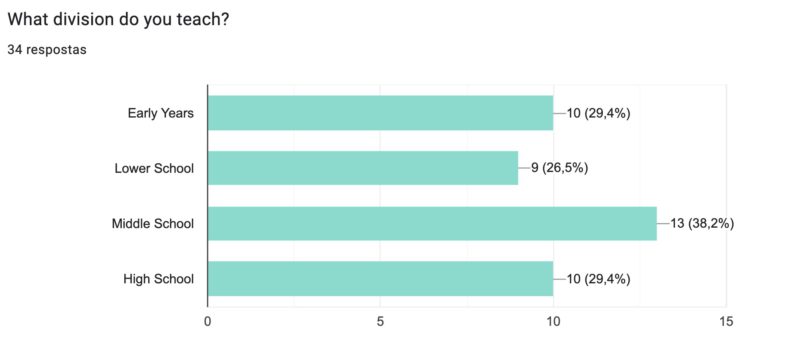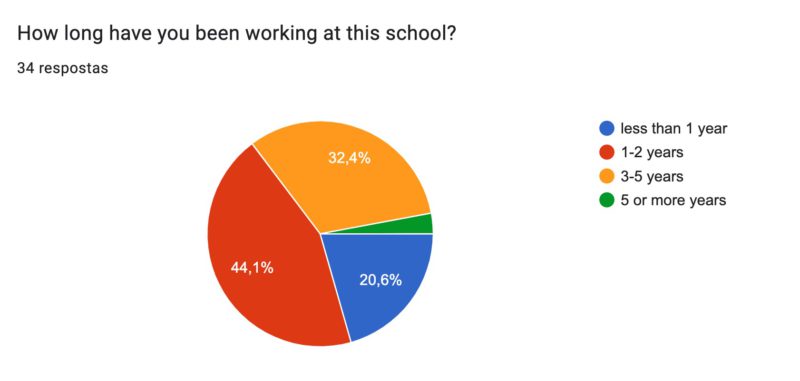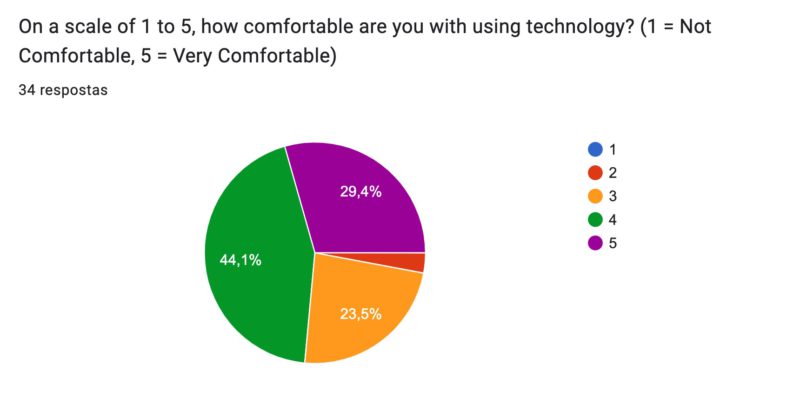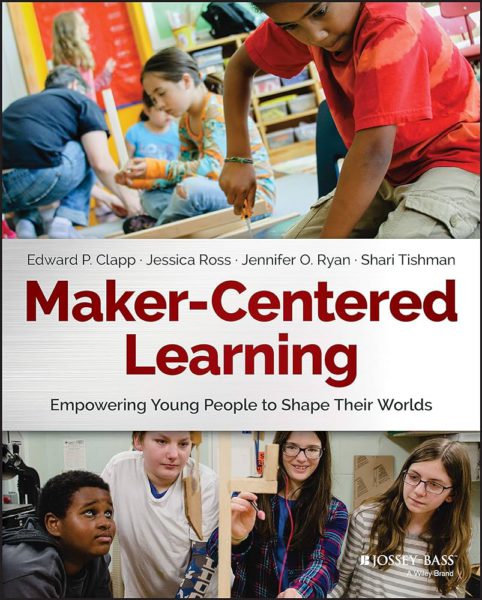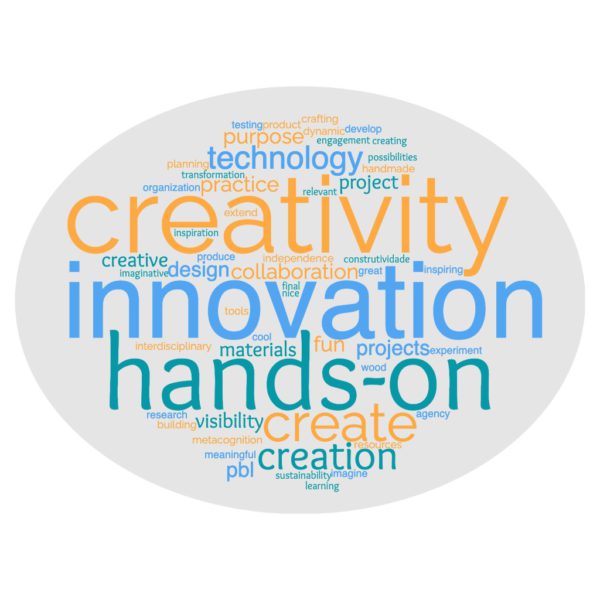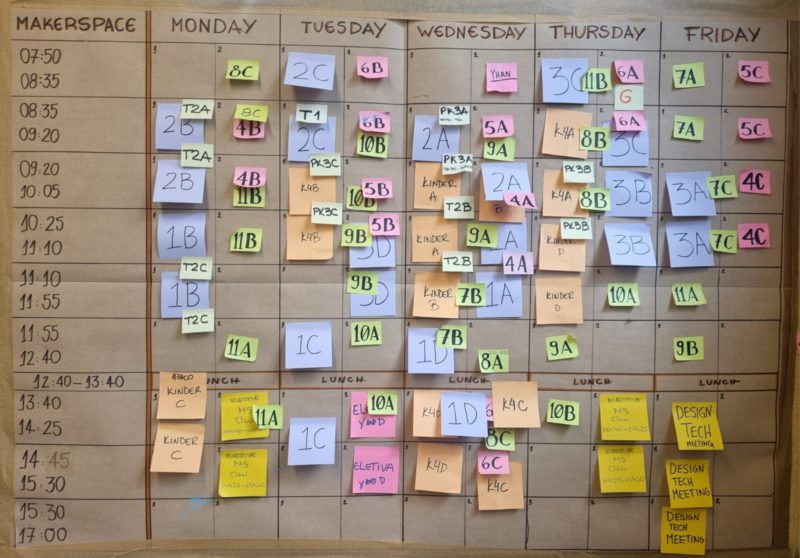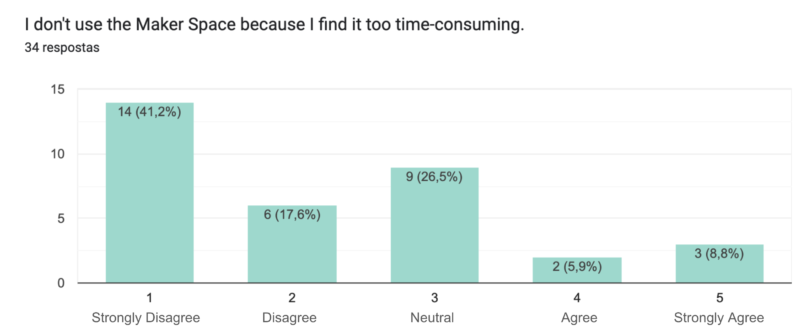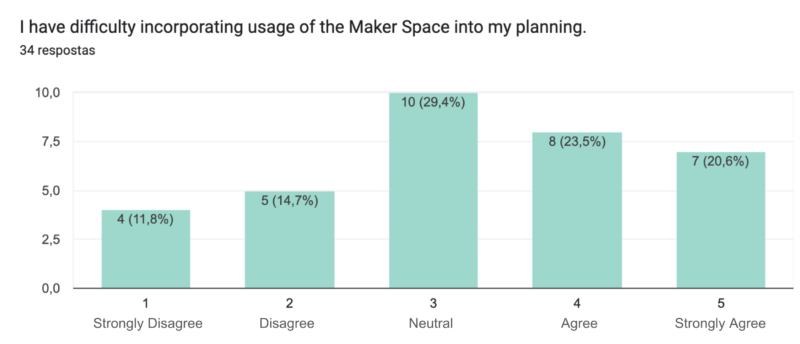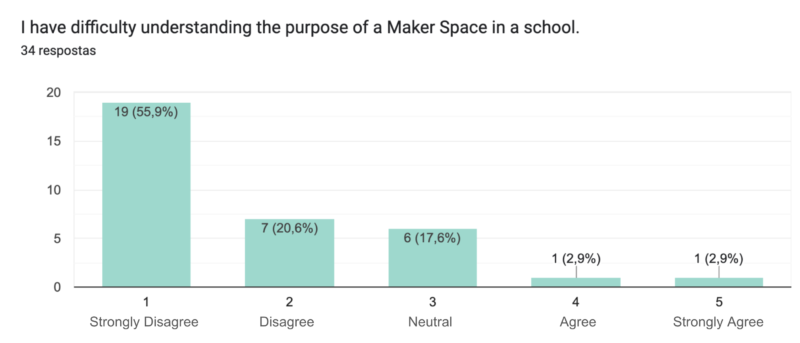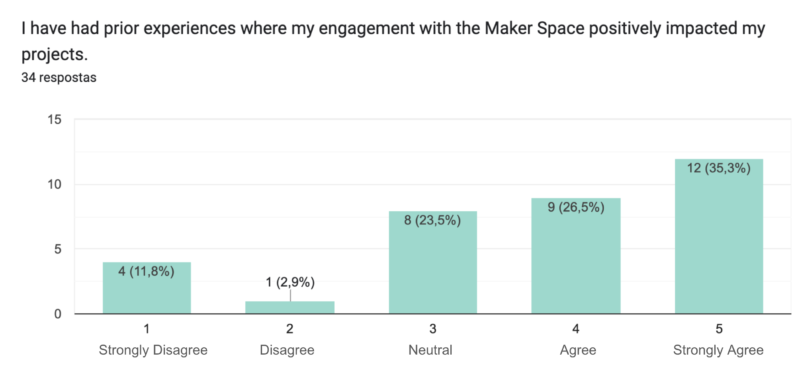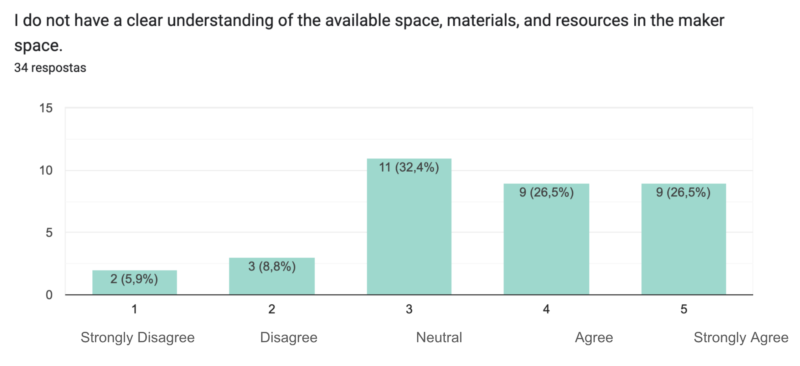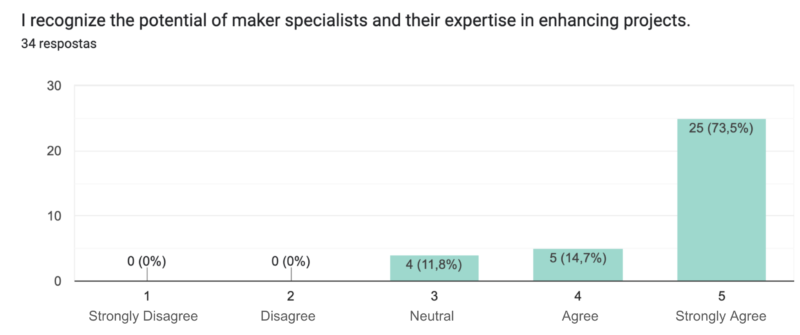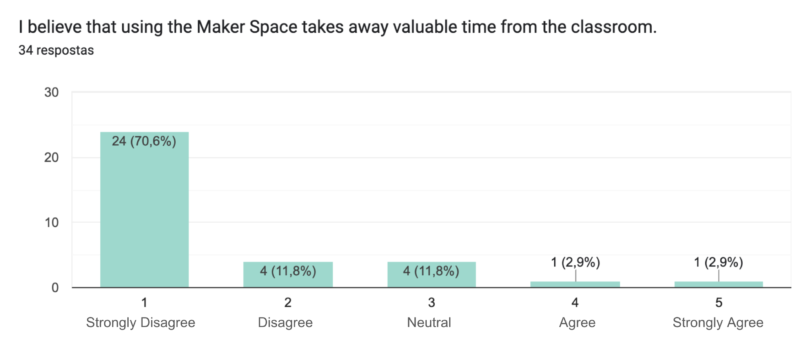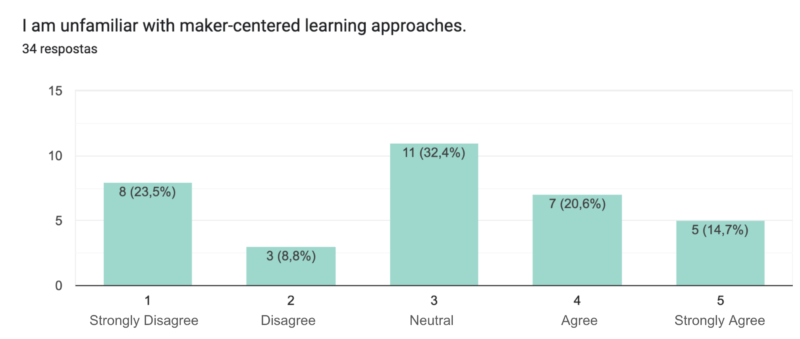Understanding Educator Perceptions: Bridging Gaps and Enhancing Maker Space Integration
How do educators perceive and experience the integration of Maker Spaces into their teaching practices?
General topic of interest
The research explores how educators across different educational levels perceive and engage with Maker Spaces, considering factors such as time constraints, awareness of maker-centered learning approaches, the potential role of maker specialists, understanding of available resources, and past experiences with Maker Spaces. As project design educators and maker specialists, this study is fundamental for us. We're dedicated to validating the impact of our work and refining the use of our Maker Space, our key learning environment. By exploring educators' perceptions, we aim to gather insights to ensure our space remains a vibrant hub for innovation and meaningful learning experiences.
Participants
The participants in this research study include 15 educators from Early Years (EY), 17 educators from Lower School (LS), and 21 educators from Middle/High School (MS/HS). The study gathered responses from a total of 34 participants across these different educational levels between September and November of 2023.
Literature Review
Our research journey was enriched by a dual foundation, drawing from the influential work "Maker-Centered Learning: Empowering Young People to Shape Their Worlds" by Clapp, Ross, Ryan, and Tishman (2016) and Alice Voltolini Ghidoni's dissertation "Contribuições da educação maker no contexto da aprendizagem baseada em projetos" (Contributions of Maker Education in the Context of Project-Based Learning.) (2020)
Data collecting approach
This study utilized a structured survey to gather insights from 34 educators. The survey included alternatives for participants to express their perceptions and views on Maker Space impact, considering factors such as resource clarity, time constraints, and perceived learning value. The findings, derived from survey analysis, contribute to a comprehensive understanding of educator perceptions and highlighted the gap between perception and practical implementation.
Data collection tools/resources
We employed Google Forms as our primary survey tool to gather responses from participants. Additionally, we've created a Word Cloud to obtain a visual profile of the Maker Space according to their inputs, and we've also visualized the Maker Space schedule to complement our reflections and support our conclusions.
Emerging results
The data analysis reveals insightful patterns in educators' perceptions of the Maker Space. Notably, a significant majority of educators do not view time as the primary impediment to utilizing the Maker Space, indicating a positive outlook on its integration. However, a discernible gap exists between educators and maker-centered learning approaches, suggesting a need for further alignment and understanding. Encouragingly, most educators recognize maker specialists' potential in enhancing projects, showcasing an awareness of the valuable role these specialists can play in the educational setting. Challenges include a perceived lack of clarity regarding available resources in the Maker Space, overlapping schedule of Design Technology sessions which require simultaneous use of the Maker Space, and that nearly 45% of educators find it challenging to incorporate the usage of the Maker Space into their planning. Nevertheless, the overall sentiment is positive, with a majority reporting positive experiences utilizing the Maker Space for their projects.
Reflections
There is a recognized opportunity to disseminate maker-centered learning and approaches to educators, aiming to bridge the gap, shown by the data, and move towards our learning community's overarching goal of making all educators designers. Following the research findings, we've reflected on how to effectively share practices among educators, especially when physical space is not always available.
One impactful approach could be to organize practical Professional Learning (PL) sessions led by specialists. These sessions can serve as immersive experiences, providing educators with the chance to explore Maker Space resources and acquire new skills. Examples of PL topics may include "Intro to Inkscape," "Paper Prototyping for Educators," "Basics of Electronics," and "Safe Tool Usage: Hot Glue, Box Cutter, Drill, etc."
Additionally, a strategic initiative involves showcasing Maker-centered learning in action through sharing successfull projects and processes that highlight the integration of Maker Space with Project Design, provoking insights into effective implementation strategies. Another engaging path is to present design challenges that position teachers as learners, fostering a collaborative and experiential learning environment.
In essence, our action plan revolves around providing enriching learning opportunities for educators, ensuring that the benefits of Maker Space practices extend beyond physical constraints. Through intentional Professional Learning experiences, sharing practices, and collaborative design challenges, we aim to empower educators with the skills and knowledge needed to integrate maker-centered approaches to their project processes and practices.



